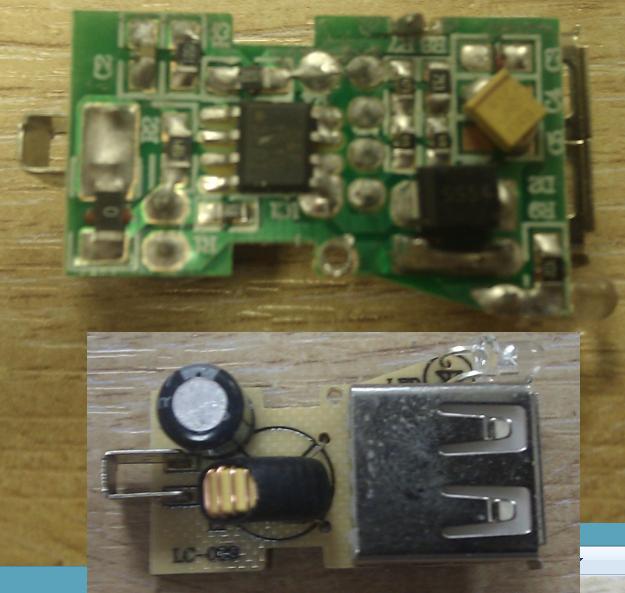I need help in working out what 12v power supply I need to purchase if someone would be so kind to help me get my head around calculations.
I have some 12v dc to 5v usb converters that I will have around the house in some media back boxes and am looking at a central 12v dc power supply. the kind of wall mounted metal box used for CCTV/Access control. (I will be using some of the 12v for 12v items not only the 5v converters)
Anyway the converters provide a maximum current output of 2a (I might want to update these in the future to 3-5a should the need arise).
So to provide 2a @ 5v what would the current output for the 12v supply need to be? (maximum distance of cable length around 10m between 12v supply and converter).
What is the calculation I need to then work this out at say 3a @ 5v etc..? Do you require any more information? I know where to source the supplies from I just need to know the 12v can output the required amps (as some will output maximum 1.6a per output and some only 1.1a) from TLC anyway.
Thanks in advanced.
I have some 12v dc to 5v usb converters that I will have around the house in some media back boxes and am looking at a central 12v dc power supply. the kind of wall mounted metal box used for CCTV/Access control. (I will be using some of the 12v for 12v items not only the 5v converters)
Anyway the converters provide a maximum current output of 2a (I might want to update these in the future to 3-5a should the need arise).
So to provide 2a @ 5v what would the current output for the 12v supply need to be? (maximum distance of cable length around 10m between 12v supply and converter).
What is the calculation I need to then work this out at say 3a @ 5v etc..? Do you require any more information? I know where to source the supplies from I just need to know the 12v can output the required amps (as some will output maximum 1.6a per output and some only 1.1a) from TLC anyway.
Thanks in advanced.


